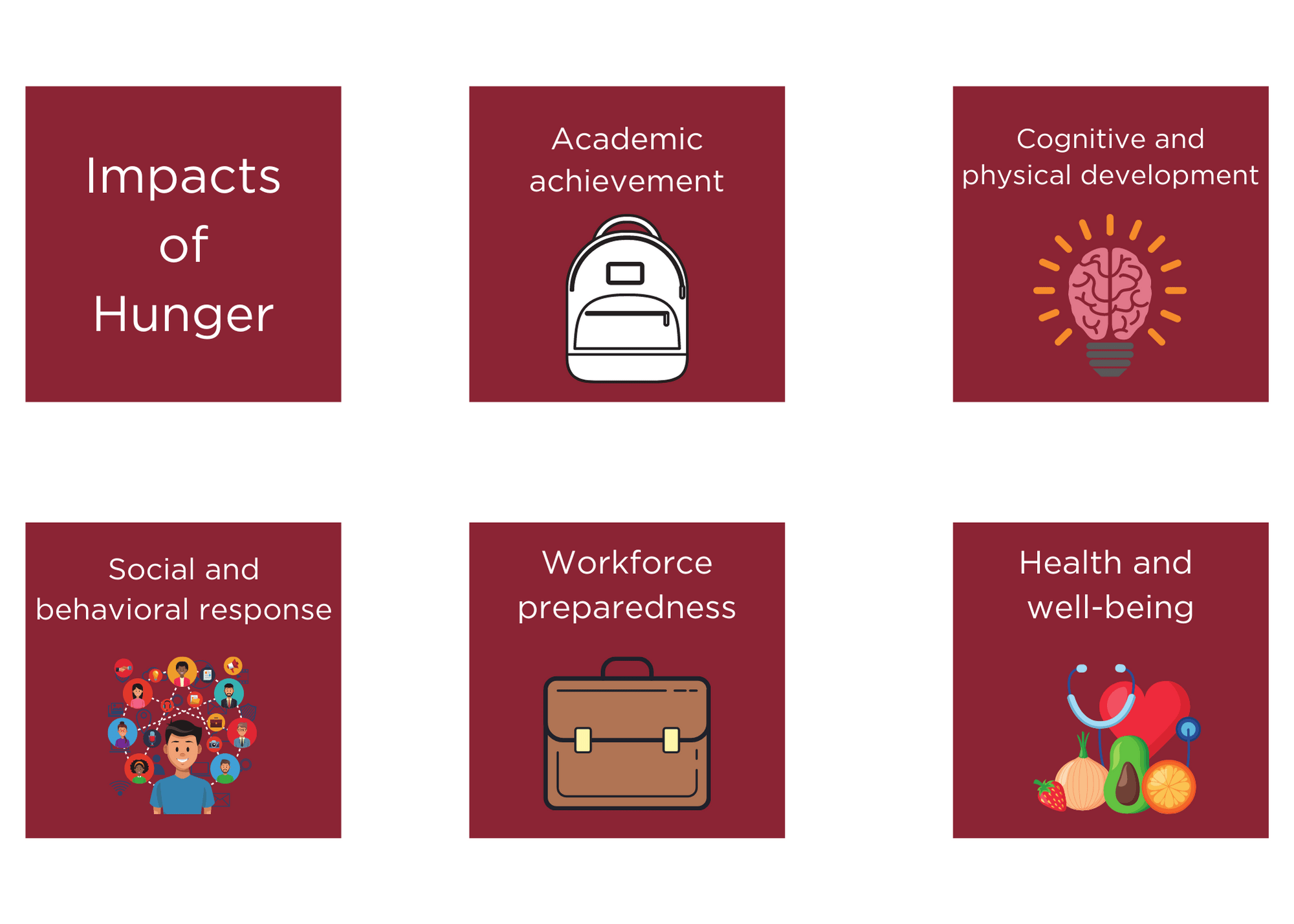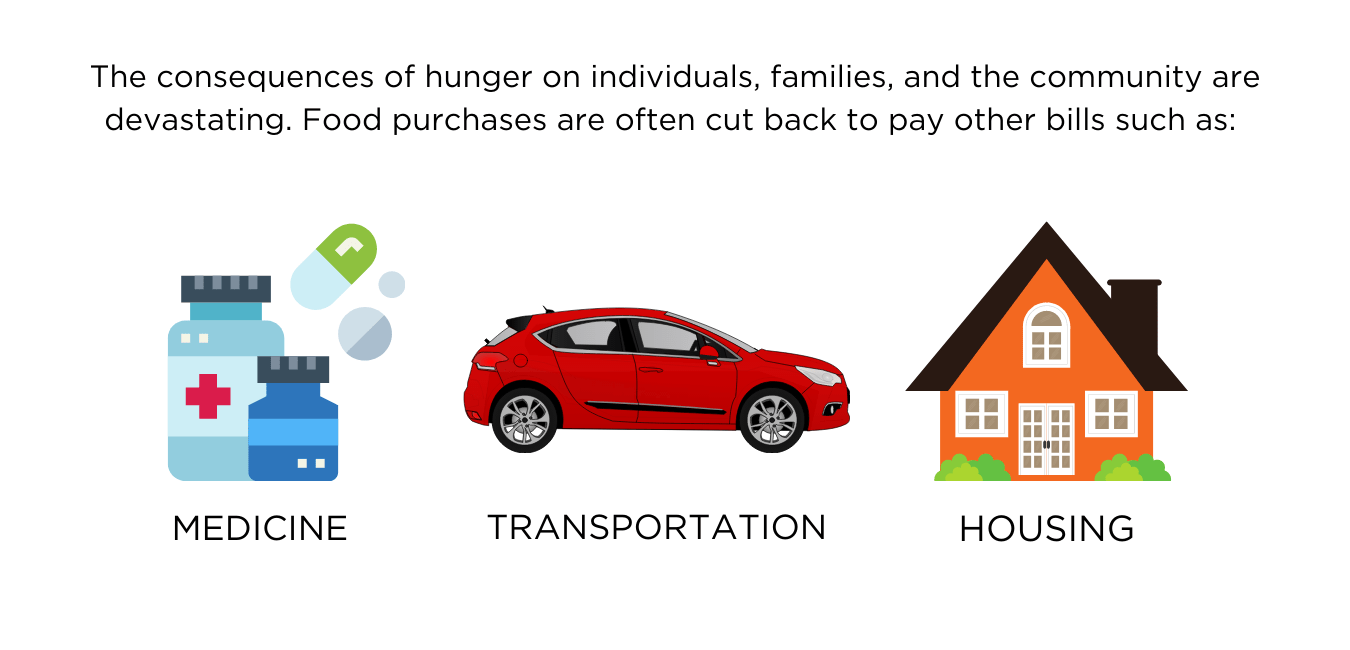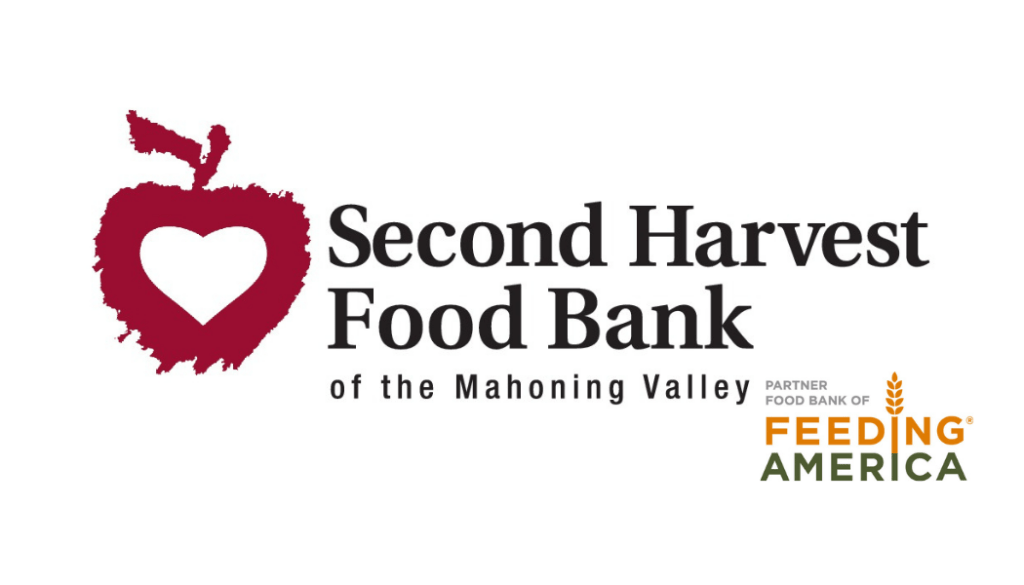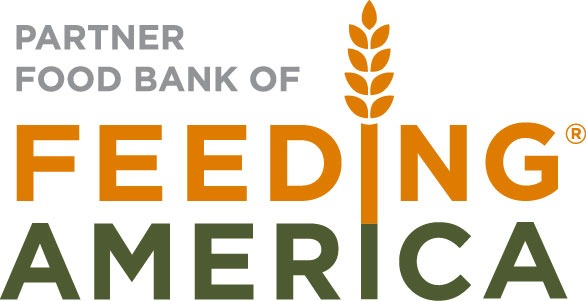Why it Matters
As explained by Feeding America’s Hunger + Health, the cycle of food insecurity and chronic disease begins when an individual or family cannot afford enough nutritious food, illustrated by the image to the right. The combination of stress and poor nutrition can make disease management even more challenging.
Further, the time and money needed to respond to these health conditions strains the household budget, leaving little money for essential nutrition and medical care. This causes the cycle to continue, increasing the risk of worsening existing conditions. Many families experiencing food insecurity often have several, if not all, compounding factors which makes maintaining good health extremely difficult.

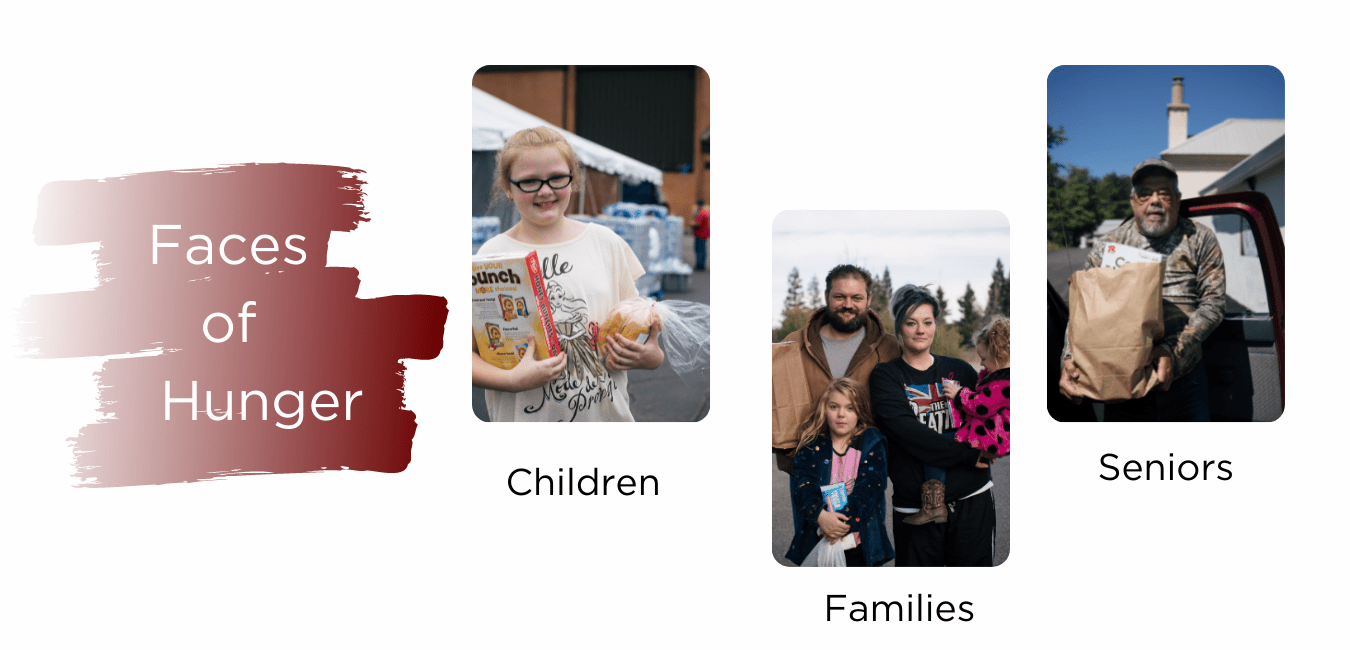
Hunger does not discriminate affecting every race, background, education level and age. https://www.feedingamerica.org/research/hunger-in-america/facts-and-faces
The Link between Hunger and Health
Food insecurity is a lack of consistent access to enough food for an active, healthy life. It can mean anxiety over food sufficiency or food shortages. It can mean reduced quality, variety, or desirability of diet. It can mean disruption in eating patterns and reduced food intake.
But the experience of food insecurity is not only one of indignity, injustice, and short-term suffering. Food insecurity is also associated with some of the most costly and serious health problems in the U.S. Too often, food insecure Ohioans have to make impossible choices that further threaten their health and well-being and their ability to mitigate or manage chronic disease, including choosing between buying food or paying for medicine or medical care.
